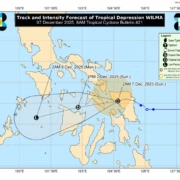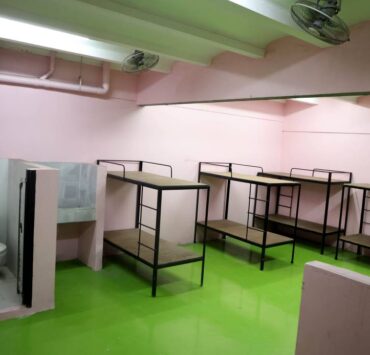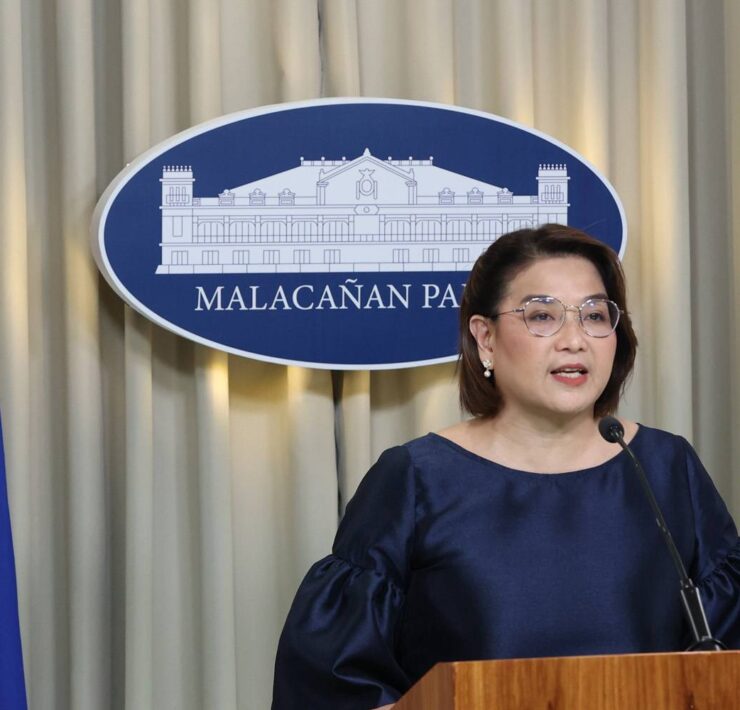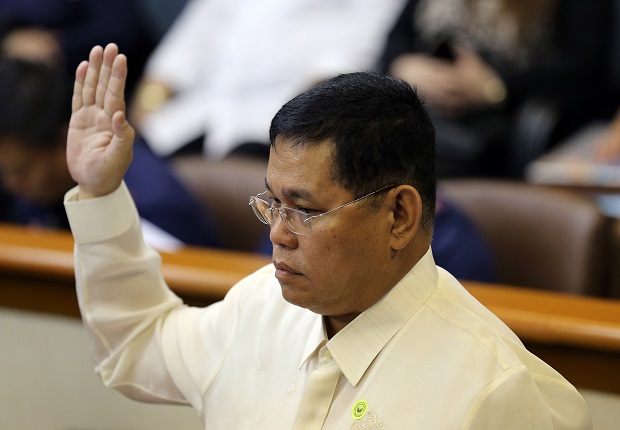Marcos order seeks halt to DPWH overspending
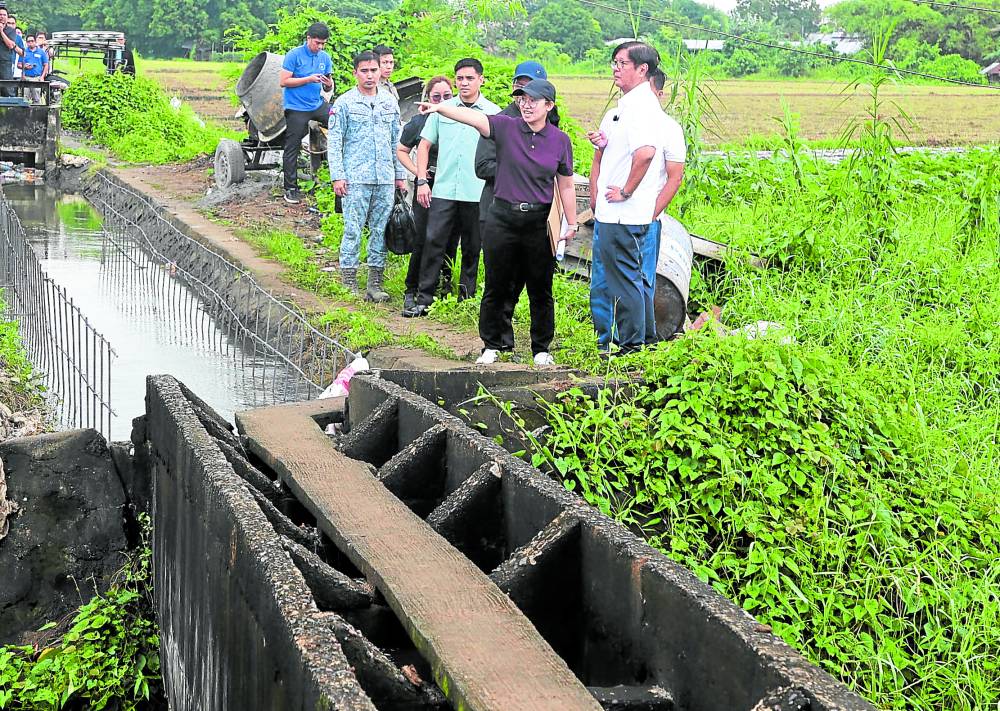
KUALA LUMPUR—President Marcos said on Saturday that he had ordered Public Works Secretary Vince Dizon to cut spending for construction materials by “as much as 50 percent” to reflect their actual costs after learning that these were overpriced and would result in savings of at least P30 billion to P45 billion for the government.
“This is money that we can use for services, such as health, education, and food that our people desperately need,” he said.
The Department of Public Works and Highways (DPWH) had discovered that the prices of construction materials, such as asphalt, steel bars, and cement, were overpriced by up to 50 percent, Mr. Marcos said.
“Actually, there are some egregious examples where it’s even more than that,” he said in a speech before he flew to Malaysia on Saturday to attend the 47th Summit of the Association of Southeast Asian Nations.
“In order to ensure that the costs of DPWH will reflect the costs of the market and to ensure that the people’s money is correctly spent, I have directed the DPWH Secretary to bring down the cost of materials by as much as 50 percent, which will result in savings in the capital outlay spending of at least P30 to P45 billion,” Mr. Marcos said.
Dizon earlier said he planned to cut costs for construction materials to ensure value-for-money in public works spending in various regions across the country.
Capital outlay (CO) makes up 23.1 percent, equivalent to P1.461 trillion, of the P6.352-trillion national budget for the current year.
Under the proposed P6.793-trillion budget for 2026, however, CO went down by 9.4 percent to P1.324 trillion.
The final CO in the proposed 2026 General Appropriations Act could further go down after the House of Representatives completely eliminated allocations for locally funded flood control projects under the DPWH’s budget and realigned them to other agencies, upon the President’s instructions.
The President had said that the supposed allocation for flood control projects under the 2026 National Expenditure Program (NEP) would be reallocated to education, health, and other departments. He said the P350 billion already earmarked for flood control projects in 2025 was sufficient and must first be fully utilized.
He said the P350 billion already earmarked for flood control projects in 2025 was sufficient and must first be fully utilized.
Under the 2026 NEP, the DPWH requested P250.8 billion for its flood management program, representing more than a quarter of its proposed P880-billion total budget.
This amount is slightly higher than the P248 billion allocated for similar projects under the 2025 national budget.
The cost reduction comes in the wake of the corruption scandal that cost the government multibillion-peso losses from irregular, incomplete, substandard and “ghost” flood control projects that the President himself exposed in August.
In an interview with reporters after the President departed for Malaysia, Dizon called the President’s directive the “single biggest reform ever in the DPWH.”
“The lowering of material costs is just one of the many reforms and changes we need to implement in the DPWH,” Dizon said. “In my view, that is the most important one because if we can bring those costs down, we automatically bring down corruption as well.”
He said the review of the prices of construction materials started “several weeks ago,” and the new benchmarking guidelines would be announced “in the next few days.”
Review, make changes
Dizon urged other agencies with infrastructure projects to also review and make necessary changes in their cost of materials.
He allayed fears that these cuts in spending for construction materials in public works would result in substandard projects.
According to Dizon, reducing the costs of materials should be done simultaneously with close monitoring of the implementation of infrastructure projects.
“Substandard projects and ghost projects don’t just come from pricing issues—they stem from deceit committed by certain DPWH personnel in collusion with other parties. That is what we need to keep an eye on,” he said.
The current guidelines on the establishment of construction material prices are outlined under Department Order No. 125, Series of 2025, issued on July 7 by former Public Works Secretary Manuel Bonoan.
The Construction Materials Price Data (CMPD), as well as labor rates and equipment rental rates, are the bases of Detailed Unit Price Analysis, the Program of Works and Approved Budget for the Contract.
Bottom-to-top approach
Higher cost of construction materials will result in more expensive projects funded by taxpayer money.
The calculation of the CMPD follows a bottom-to-top approach. This starts with the initial survey of prices by the District Engineering Office (DEO), validation by the Regional Office, and approval by the DPWH Central Office, particularly by its Bureau of Construction.
DEOs calculate the “reasonable unit price” by canvassing the prices per construction material from at least three qualified suppliers within their jurisdiction. These prices become part of the CMPD at the district level.
As such, CMPD specific construction material may vary between DEOs, even within the same regional office. —WITH REPORTS FROM DIANNE SAMPANG, PNA AND INQUIRER RESEARCH











